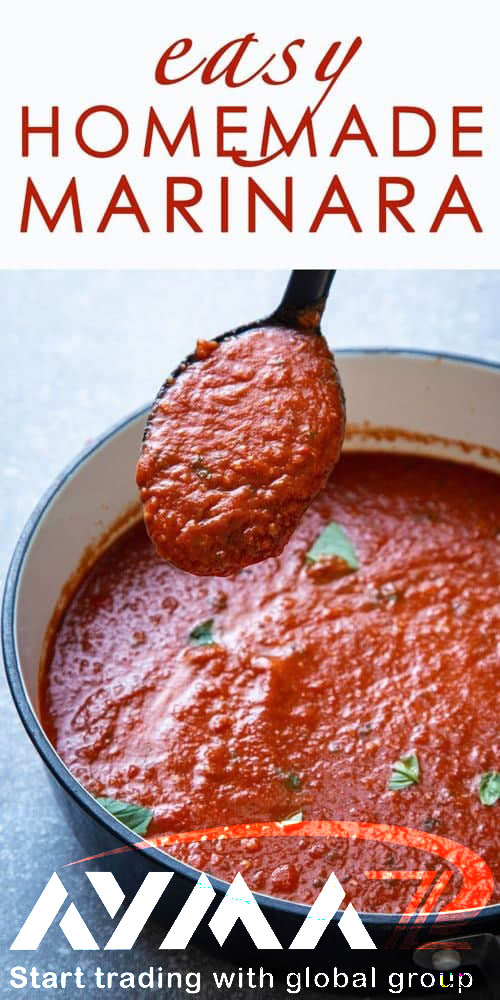Are you familiar with Production process of bulk tomato paste brix 36_38% first class in Europe? In the following, we will explain the steps of these products. Then you can proceed to purchase

Production process of bulk tomato paste
The production process of bulk tomato paste is fully described below:
- Tomato collection and transfer to the factory: First, tomatoes from various farms are transported by large and small machines in boxes or in bulk to tomato paste factories, and after the tomatoes enter the factory, the quality control unit conducts tomato health tests according to Standard 40 do. Collected tomatoes should be transported to the factory or refrigerator immediately after harvesting.
- Sorting: After the initial washing, the tomatoes are transferred from the washing pond to the sorting machine by a conveyor and spread on the sorting strip. The sorting machine consists of two adhesive tapes, which include sorting (inspection tape) and washing tape. Workers separate green, rotten, moldy, twigs and leaves, as well as dried tomatoes and waste on the conveyor, from healthy tomatoes.
- Crusher: Inspected tomatoes enter the crusher. Tomatoes are automatically transferred to the crusher. The crusher contains a series of fixed and movable blades that crush the tomatoes
- Hot break (high heat): Chopped tomatoes need a certain amount of heat to better smooth, separate the texture of the tomatoes and increase the production of tomato juice.
- (Filtration): At this stage, the skin, fine particles, pulp and impurities are separated from the tomato. The crushed tomato enters the filtration stage after hatching. Filtration is done in two or three steps, depending on the device. High-speed filtering in the first stage, using centrifugal force, passes the crushed tomato on a mesh with large pores, as well as in the second stage, with pores of small diameter (in three stages, the diameters are large, It is medium and small).
Tomato juice storage tank: Tomato juice removed from the filtration stage is directed to the storage tank. The storage tank containing a stirrer is constantly rotating to prevent the tomato juice from settling. - Concentrator (Batch and Continuus): The batch or industrial concentrator has a double-walled tank with a stirrer rotating inside it to circulate the tomato juice and cause the tomatoes to be cooked by indirect heat.
The final stages of tomato paste production
- Pasteurization: Pasteurization is the process by which bulk tomato paste obtained from the concentrating process is heated to inactivate or kill microbes in them, such as bacteria, viruses, mold, etc., so that it can be used on the production line.
- Sterilization and canning: The material of paste cans is usually metal, the inner layer of which is lacquered. These cans must be thoroughly sterilized before filling, which is done by automatic aeration and steaming.
- Filling: After washing the cans, the cans are transferred to the filling machine by conveyor. Tomato paste filling machine is of piston type which is available in two, three and eight piston types and in two linear and rotary shapes.
- Sealing: At this stage, the doors purchased for the paste cans are placed on the can by the sealing machine and sealed.
Can printing: At present, due to the improvement of production systems, printing is done immediately after sealing. - Pasteurization: At this stage, in order to ensure the absence of any active microbes inside the paste cans, the cans need to be placed in tunnels containing hot water to minimize the possibility of any germs by applying heat shock to the cans.
Labeling and printing of production information: In most cases, the cans used have body printing. At the end of the Pasteur tunnel, after cooling and drying, with the approval of the factory’s quality control manager, they are transferred to a jet printer for jetting.

Buy first-class tomato paste in Europe
Well, as you saw in the previous sections. Production and preparation of tomato paste industrially is very time consuming. And a lot of money has to be spent in this way. Therefore, to buy tomato paste, it is better to use ready-made instead of setting up a factory.
 canned co import &export canned
canned co import &export canned

 OUR PHONE:
OUR PHONE:  WhatsApp:
WhatsApp:  OUR E-MAIL: INFO@CANNEDCO.COM
OUR E-MAIL: INFO@CANNEDCO.COM


